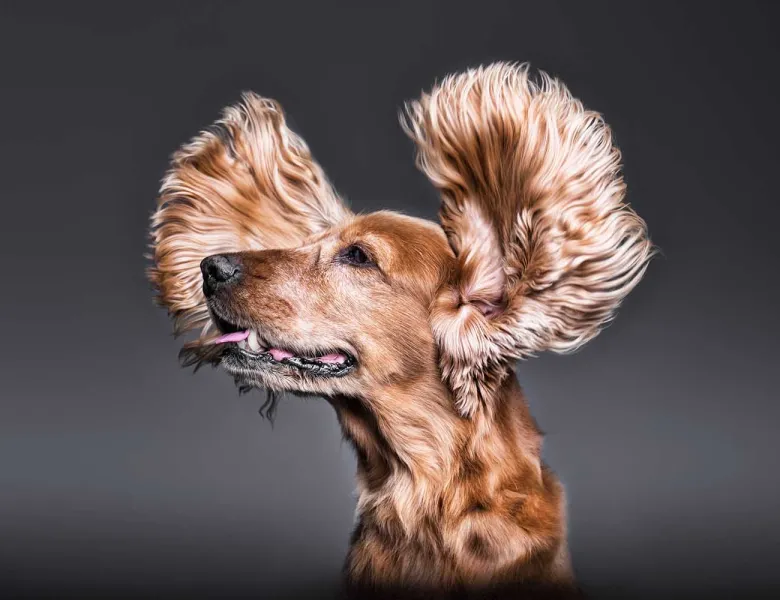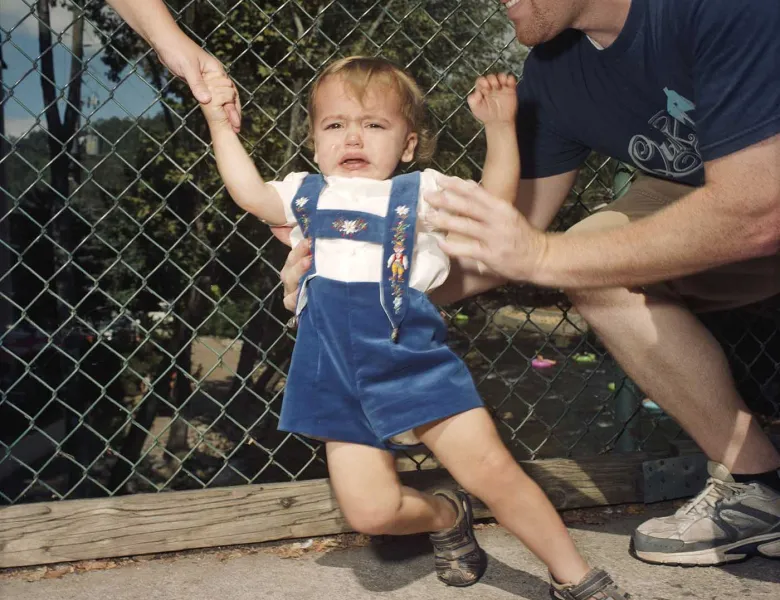ZEISS guest blog: Exploring New Zealand with Christopher Kreymborg
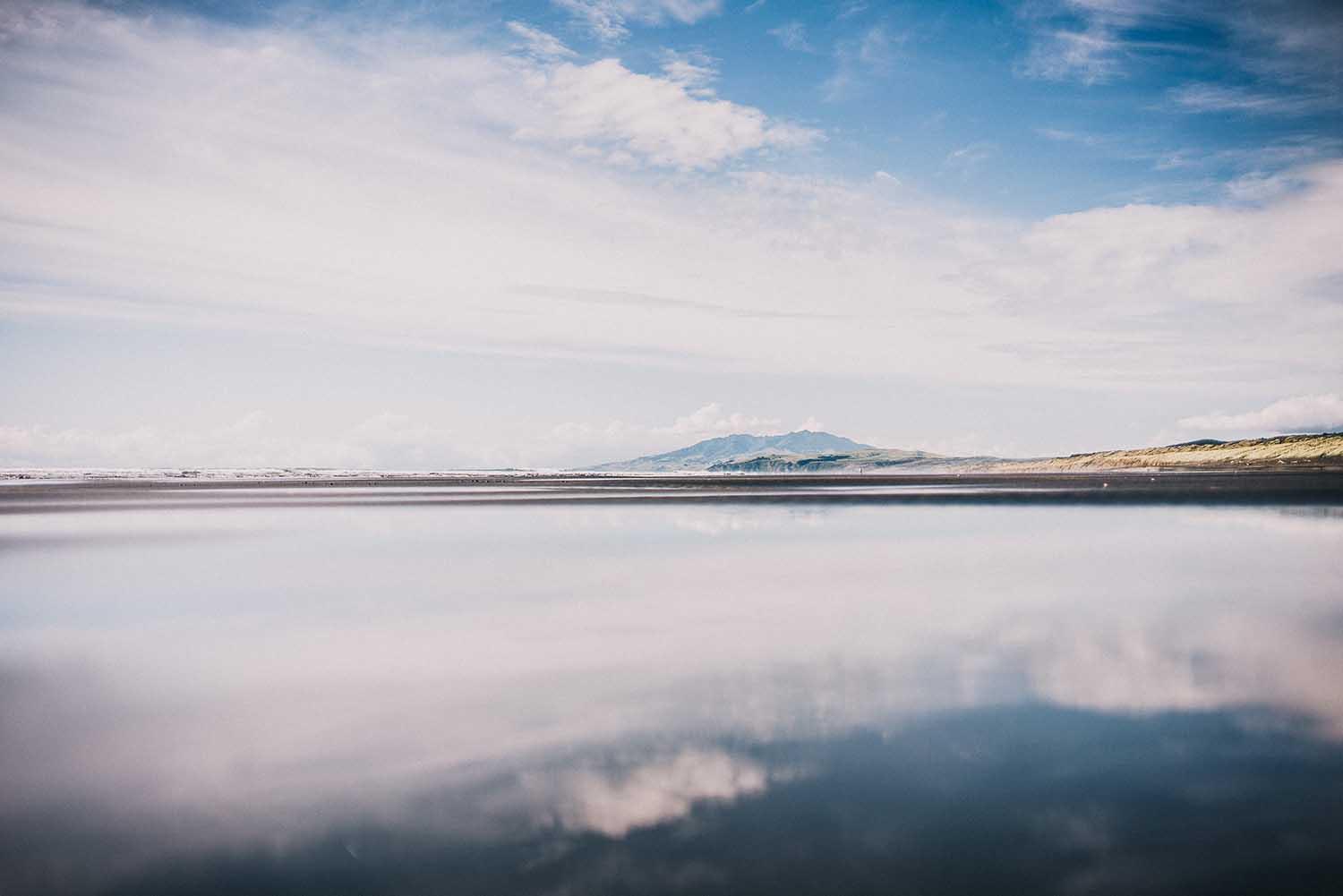
By Christopher Kreymborg, with ZEISS Photography Award 'Seeing Beyond'
We are explorers. We always have been. We dreamt of scaling mountains, exploring other continents, diving deep into the ocean and flying in high up the air. Even after we conquered the elements of our own planet, we didn’t sit back and pat ourselves on the back. We wanted more. We’ve travelled to the moon, sent robots to Mars, and pretty soon even our own milky way won’t be challenging enough.
As soon as I was old enough to travel alone, I felt this explorer’s instinct in myself, and stayed seldom in one place. Wherever I travelled, I wanted to see as much as I could. This wanderlust exploded when I became more intensely occupied with photography. Travel was given a completely new meaning through photography and it awakened a thrill for adventure in me. Photos are a great opportunity to inspire the same wanderlust, the desire for the unknown, in other people.
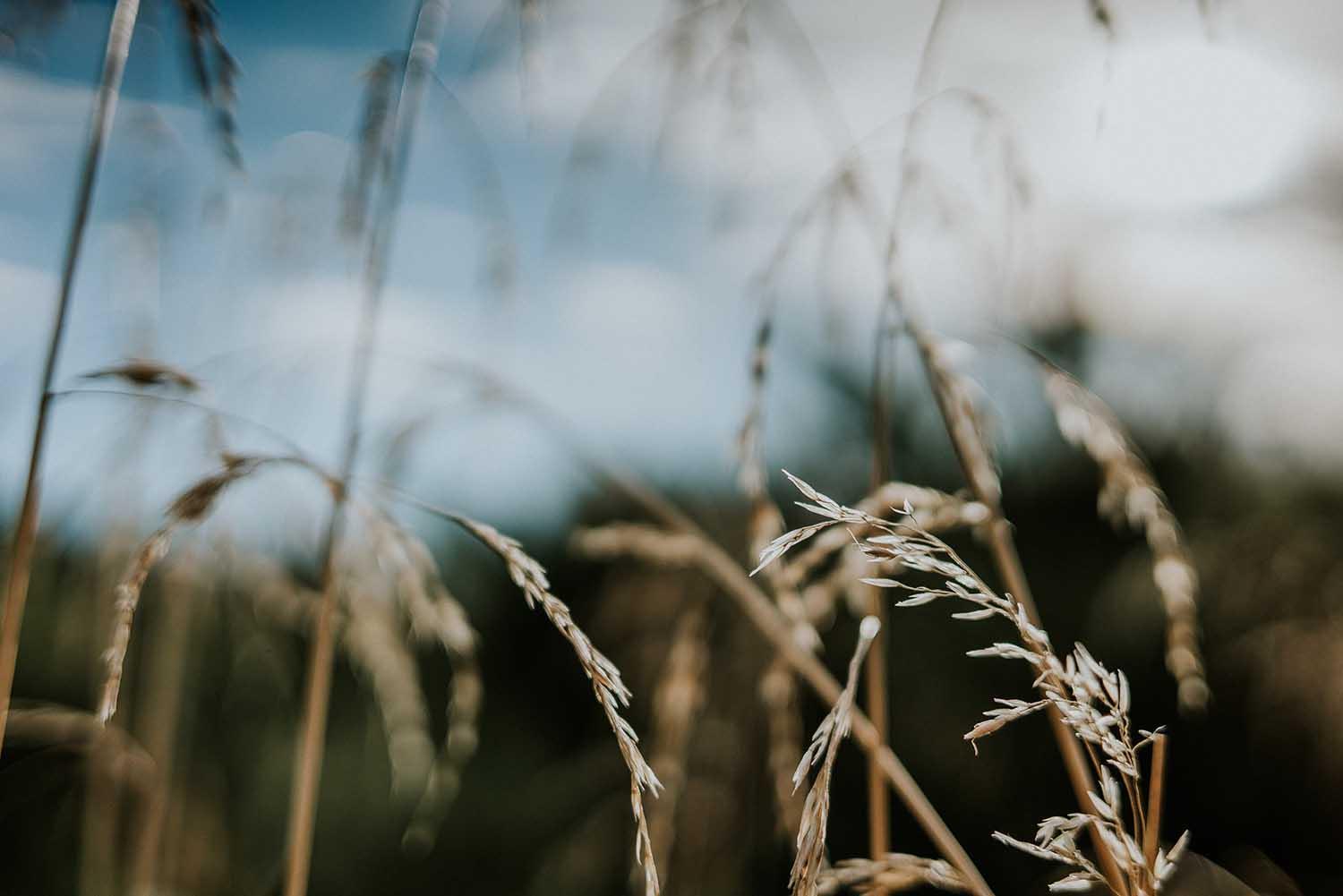
Even though I’m more than satisfied with my combination of DSLRs and ZEISS Planar and Distagon lenses for all of my portrait and wedding photos, I found the size and format of this equipment to be suboptimal for travelling. It was a catch22. I wanted the prime lenses, quality, and flexibility that I could achieve with a DSLR system, without sacrificing most of the space in my luggage.
One of my most recent trips brought me once again to New Zealand, and the plan was clear: I wanted to travel around the entire North Island. I searched for a camera system that would be able to create the picture quality I wanted, and at the same time be permanently carried in my backpack or simply on a camerabelt. I ended up with the Sony α7R II together with Loxia and Batis lenses from ZEISS. I couldn’t have been happier. The mirrorless system allowed me to do whatever I wanted, and was at my side 24/7. Sony has thought of many details that make sense when travelling. With the push of a button I can decide if I’d rather shoot detailed landscapes at 42 megapixels, or rather document particular moments with only 18 megapixels in order to save memory space.
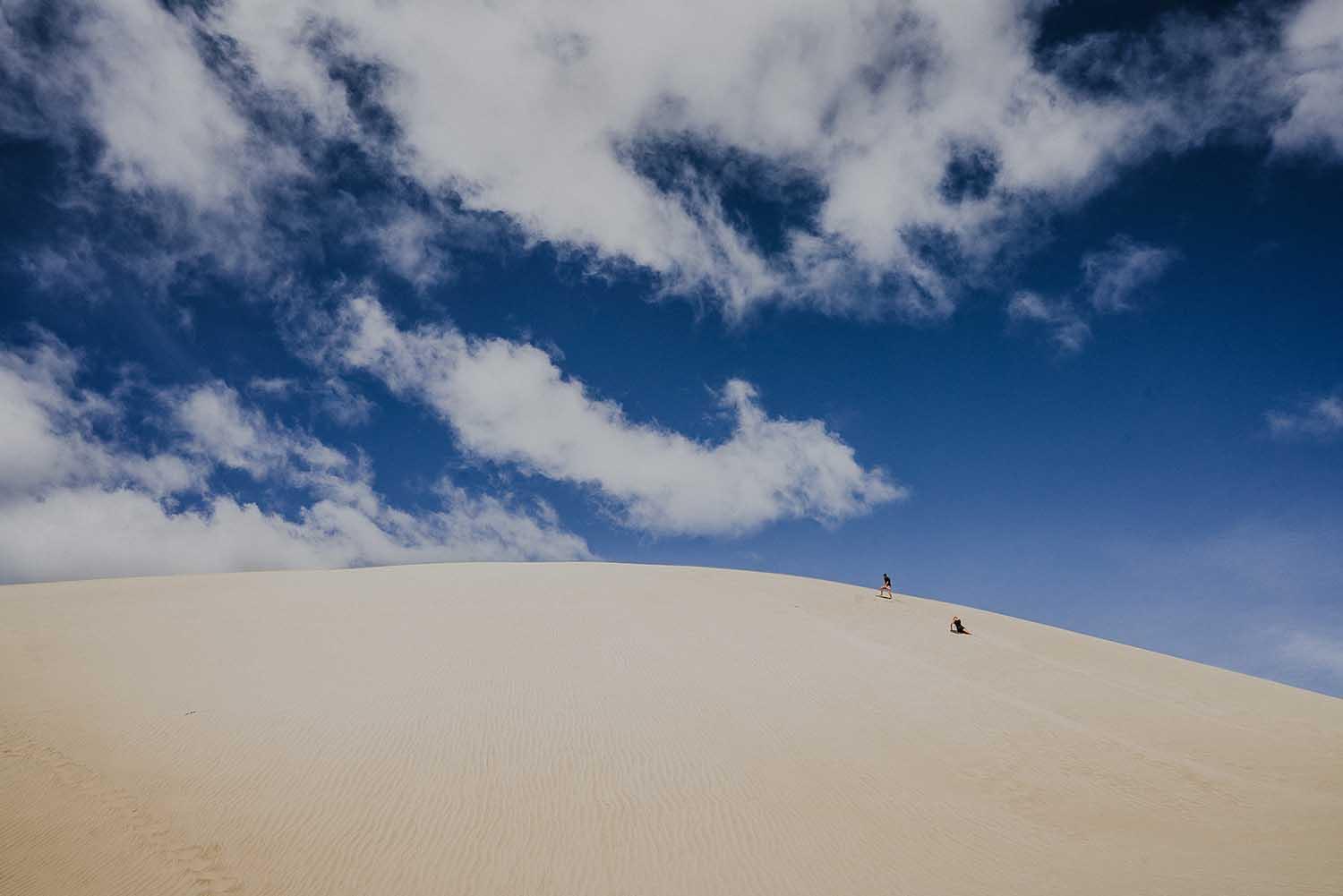
More importantly for me is that my camera system is as adventure happy as I am, and that it does its job when I need it to. The most worthy photographic moments are often in the least camerafriendly situations. For example, I was hiking over a mountain for 9 hours. As the track came to an end and the way forward was over rocks and partially vertical, I wanted more. I wanted to reach the pinnacle. The camera hung at my side and in the moment that I clambered upward, looked back and took in the incredible panorama of forest and mountains, it was ready for action, ready to capture this moment.
On other days New Zealand succeeded in surprising me with a convincing desert landscape, and I was grateful for the weatherstability of the lenses. I wasn’t concerned about the sand. It was for these conditions that this system was built. I was able to let my surroundings affect me, and enjoy the vast landscape without getting distracted, and without worrying about my equipment. I waited until a moment moved me, and pressed the shutter.
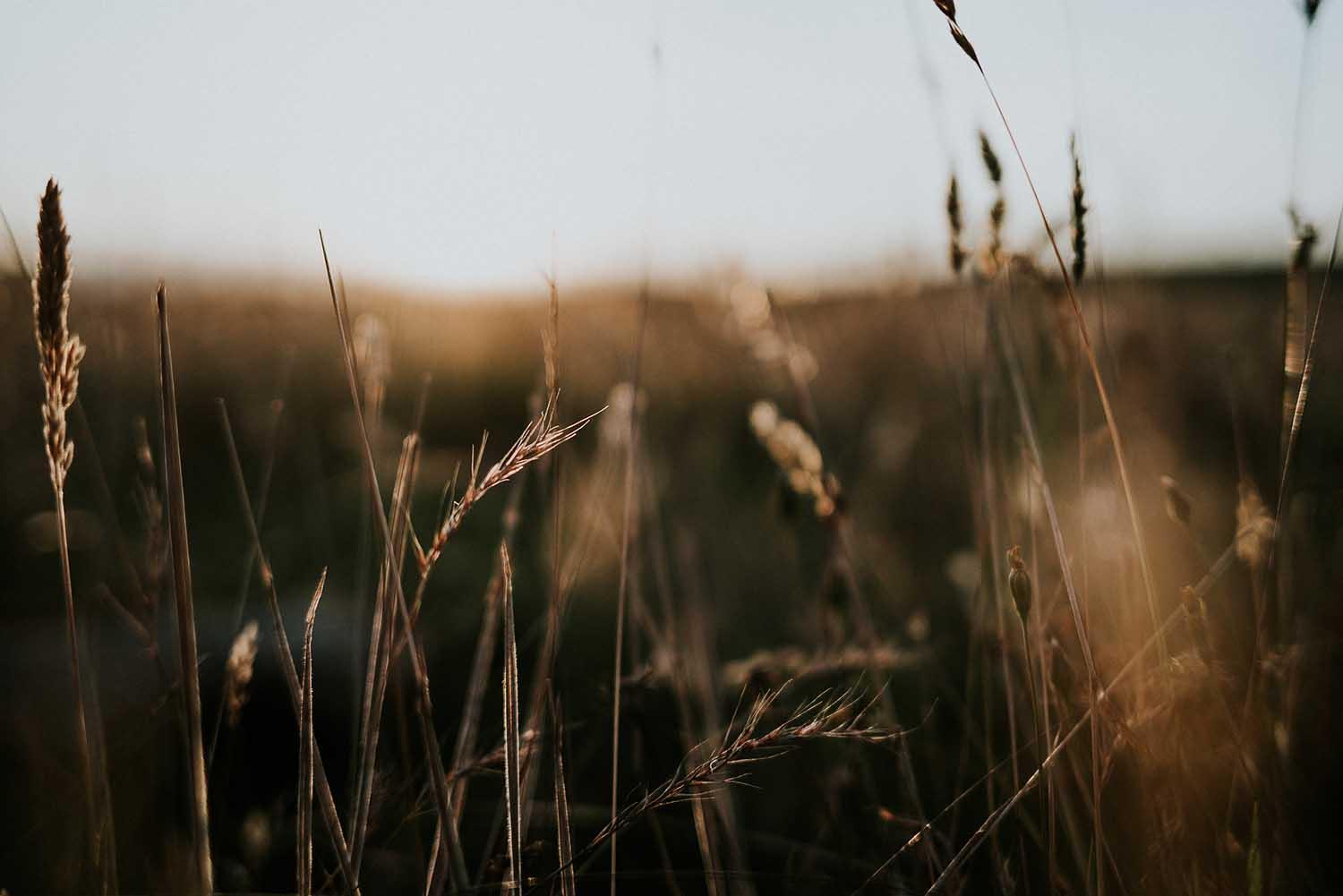
New Zealand is justifiably famous for its rich variability. Only a couple of days after my detour into the desert, I found myself in a kayak on the Pacific Ocean. My equipment was safely stowed in a watertight drybag, but how often does one get to paddle on their own out into the ocean? In exactly these situations is when photography is worth it. With my normal DSLR system I would have thought twice, but I knew that my damp hands and a few drops of water would harm neither the lenses or the camera, so I took them out for a few seconds to share this extraordinary moment with the world.
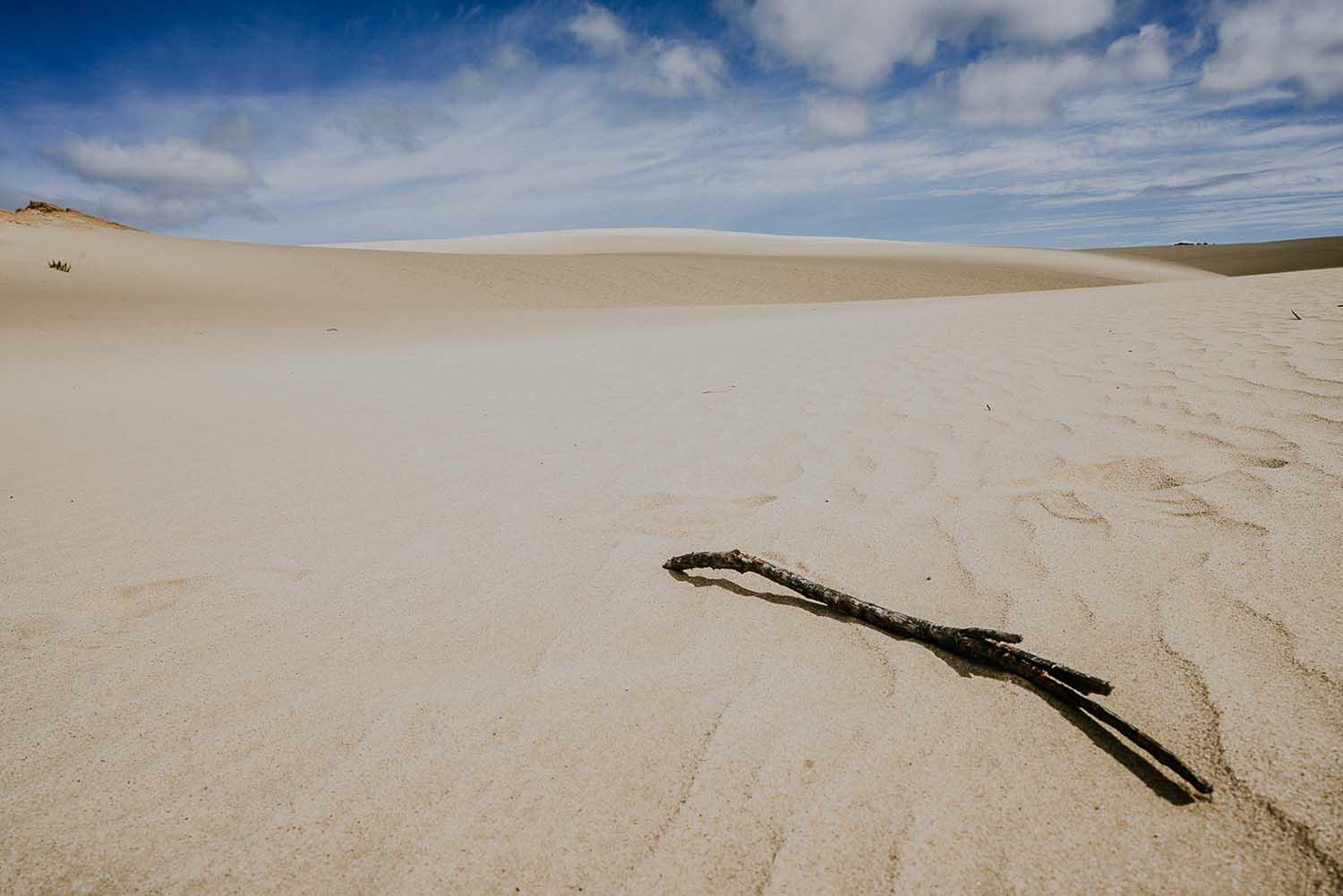
On another day I scrambled through a hole in a broken fence and landed in a paddock on the foothills of a mountain, where a herd of horses were enjoying the sunset. When photographing animals, you usually only get a couple of tries. It was important to me to capture this setting so I pushed the shutter a few times without thinking too much about technique or camera settings. Despite the difficult backlight situation, the camera astounded me with its dynamic scope, which allowed me to pull details out of even the most imperfect pictures in the postprocessing.
My trip was in many places raw and harsh and I wanted to capture exactly that sense. The photography felt like it belonged to my trip; like a hike, sunburn or the many people that I met. The Sony α7R II and the ZEISS lenses are as eager to explore as I am. They’re not afraid to go with me off the beaten track and understand what it means to immortalise moments that are something special to me. After six weeks of exploring and discovery of New Zealand’s nature all I have left in me is a quote from the Star Wars film: “I didn’t even know there’s this much in green in the whole galaxy.”
Enter the ZEISS Photography Award 'Seeing Beyond'
Christopher Kreymborg
Born 1987 in Ingolstadt, Germany, Christopher discovered his love for creativity very early through making music. He now lives and works as a photographer in Stuttgart, Germany. Besides wedding photography, he specialized in Travel- and Lifestyle-photography. On his journeys he enjoys above all the discovery of wild landscapes and the contact with new people and mentalities.






